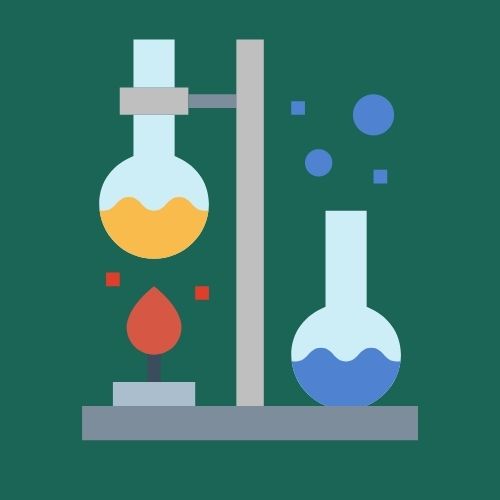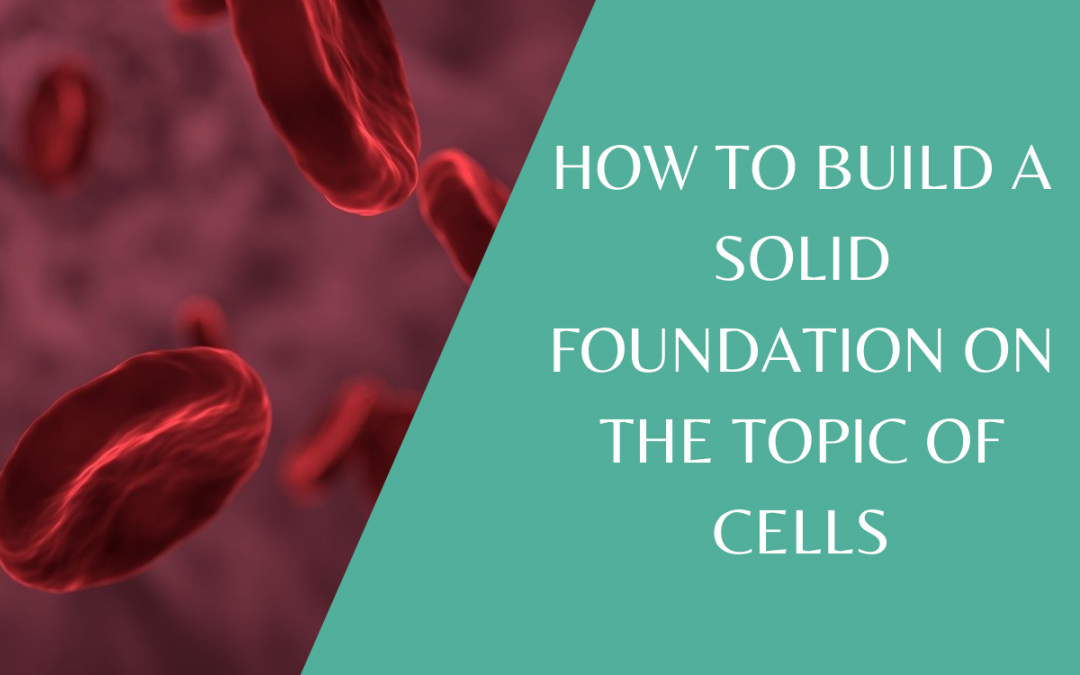Do you know the difference between an Animal cell and a Plant cell?
Can you tell your blood cells from your nerve cells?
The cells topic is one of the foundation topics for Biology that is revisited many times and you will gradually learn in more depth. It is essential you understand the basics. So here we cover four basic ideas we think are fundamental to your understanding.
🦠 Parts of a Cell
In Biology at KS3 and KS4, you must know the different organelles present in the two main types of cell. Organelles are the different parts found within a cell, each one has a different function. Some organelles appear in both Animal and Plant cells, but some organelles are only present in certain types of cells. For example, a Nucleus is present in most cells (Plant and Animal), the function of the nucleus is to control the cell. The nucleus contains the genetic material for the cell, known as DNA. A plant cell contains organelles that an animal cell doesn’t, like the Chloroplasts. The function of the chloroplast, is it contains the green pigment, Chlorophyll, this is the chemical involved in Photosynthesis. There are many cell organelles, the key point for you, is to learn each of the organelles, their function and which cells they are present in. This is best done through diagrams, make sure you can label all the different organelles in different diagrams.
🧬 Types of Cells and their Functions
When we learn about cells we are initially taught to learn a generic animal cell and then a simple plant cell. There are many different types of animal cells, you need to learn how they specialise to have a particular function. For example, a nerve cell is very different from a red blood cell. A nerve cell is a long cell with strands coming off of it and it is insulated and has a nucleus. The nerve cell is insulated as it carries electrical impulses through it. The red blood cell does not have a nucleus despite being an animal cell. It has plenty of space to hold oxygen to transport around the body.
🔬 Tissues and Organs
You need to know what tissues are made up of and how these become an organ. Make sure you can explain what a tissue is, which cells a specific tissue contains and what its function is. You need to know the names of different organs and what their function is. Start with the organs you know such as the heart or lungs and then work from there. Sometimes just a quick bit of research will help explain these better or just give you a little more detail you find useful.
👩🏻🔬 Organ Systems
As we are using these systems every day ourselves it is really useful to know what they consist of. Remember that the cells are the building blocks for the tissues. Tissues will group together to form organs and then these organs working together form different organ systems. For example, the heart, veins, arteries and capillaries all form the circulatory system. Each system has a very important role in the body.
Hopefully, these tips give you an insight into some of the key ideas in the Cells topic. This should help with your learning and revision.
KEEP UP TO DATE - DON'T MISS OUT!
Our regular newsletters are filled with helpful and interesting information to help you with your Science at school

